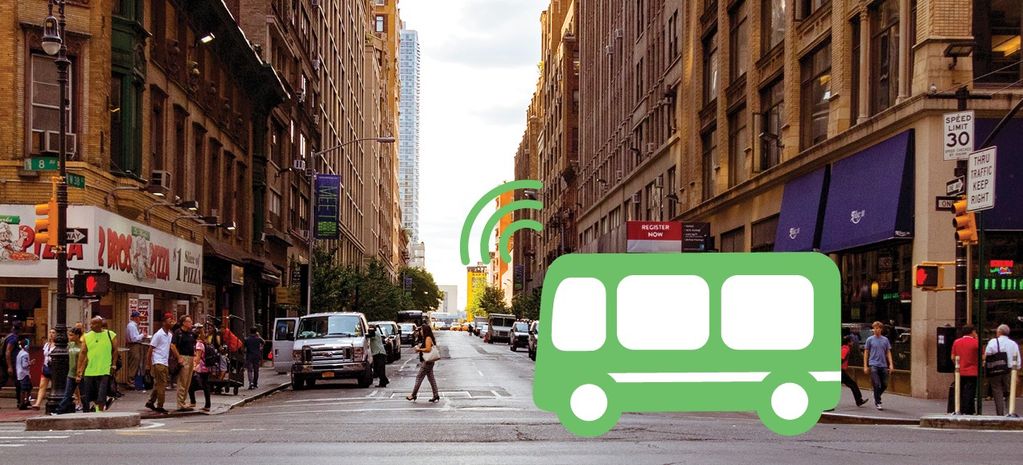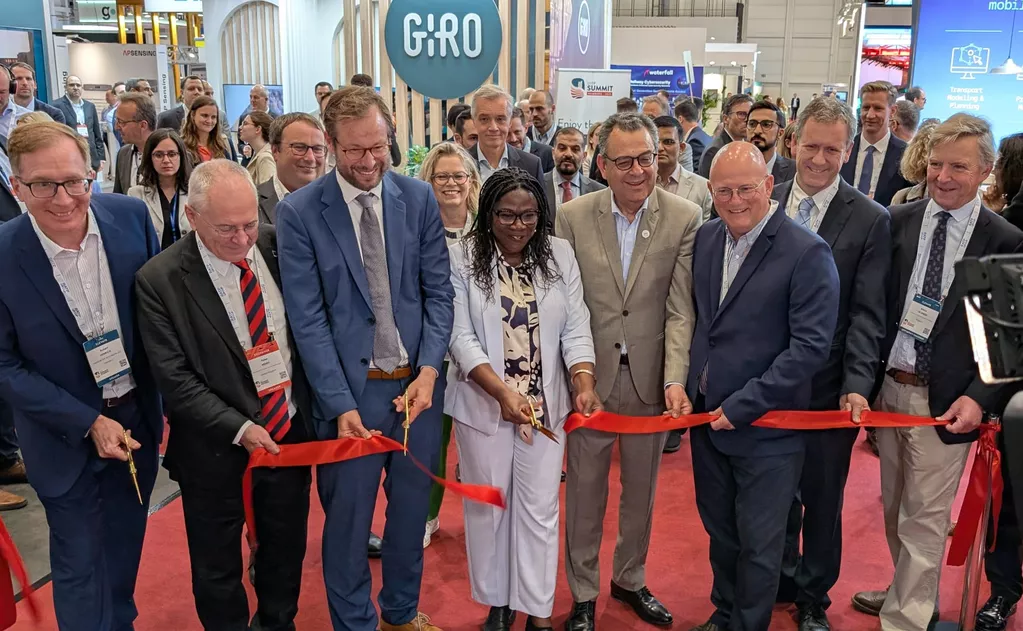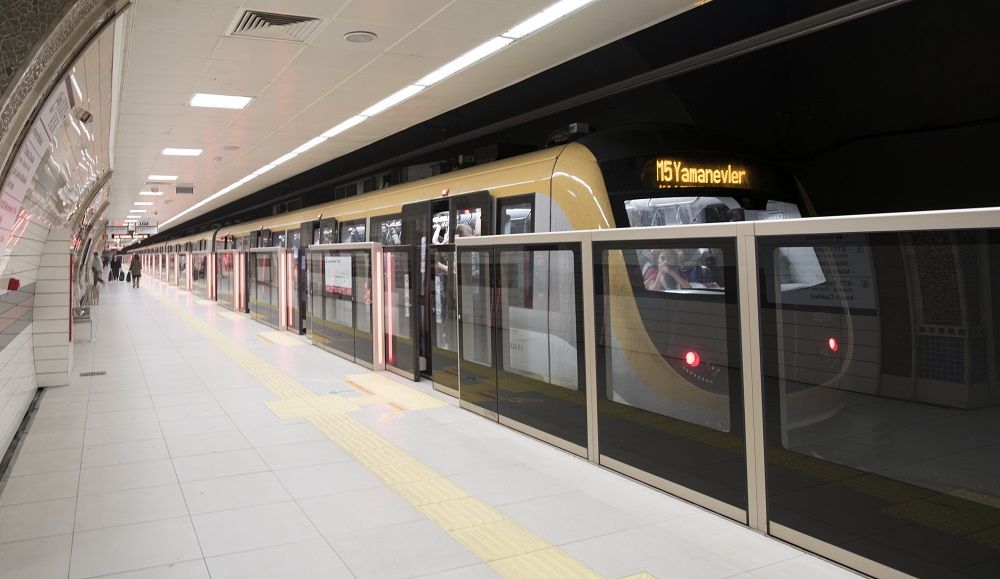
Mission to SPACE completed: UITP’s automated vehicles project draws to a close
In 2018 UITP started the road to SPACE, or Shared Personalised Automated Connected vEhicles
Many of us rely on public transport every single day: we take the metro to go work, ride the bus to visit loved ones, board a train to explore new countries. Yet, while traditional public transport will always remain the backbone of mobility, our sector must keep innovating to give people real alternatives to owning a private car.
Enter UITP’s mission to SPACE, or to Shared Personalised Automated Connected vEhicles. In 2018 UITP launched this project to investigate how automated vehicles (AVs) could help build a combined and comprehensive transport ecosystem.
SPACE united the entire public transport sector
To reach SPACE, a consortium was built with 50 stakeholders from the global AV ecosystem: public transport authorities and operators, original equipment manufacturers (OEMs), technology suppliers and services providers, as well as research and academic institutes.
On 30 September 2021, a Final Event was held to present project findings alongside key speeches featuring Ruter, ITxPT and VUB (Vrije Universiteit Brussel). In an opening speech delivered by UITP Secretary General Mohamed Mezghani, the audience heard how SPACE followed the belief that for AVs to contribute to better mobility, they should be introduced in fleets of shared vehicles and integrated with public transport services, helping cities and regions to reach the goals they set for the future.
It is obvious to us that AVs only work if they are integrated as shared mobility and not as independent fleets or, even worse, individual automated vehicles. A green traffic jam is still a traffic jam. It is therefore key that stakeholders such as PTAs and PTOs have a united, active and central role and approach in the planning and deployment of AVs.
SPACE Project Brief: paving the way for AV deployment
The SPACE project successfully achieved its goal of unveiling the necessary steps towards a meaningful deployment of automated vehicles. Let’s have a look at the key conclusions from SPACE!
Examples of AV deployment
AVs provide many opportunities for better urban mobility services, but how AVs can best be integrated depends on the environment of the area. The SPACE project partners defined a list of different use cases to offer guidance on how to deploy AVs in environments with different densities.
A road(map) to greener cities
Another result is the roadmap that was built as a tool to generate discussions with relevant stakeholders and better visualise the elements that are needed to transition towards the scenario where fleets of AVs are integrated with traditional public transport services.
A harmonised framework for save AV operation
SPACE also developed a high-level reference architecture aiming to ensure a comprehensive and seamless integration of driverless vehicles with other IT systems in the mobility ecosystem. The main goal of the architecture is to help operators and cities make the best technical decisions, speeding up the development and deployments of driverless mobility services.
Stakeholder evaluation of AV scenarios
Keeping in mind that AV fleets will need to be integrated in public transport and operate seamlessly to offer efficient transport, it is essential that the views of the stakeholders are accounted for the planning of future deployment and investment. One key result of SPACE is an approach for a structured evaluation from different stakeholders groups on scenarios that integrate fleets off AVs into the transport system.
All of these conclusions, and more, can be found in the new SPACE Project Brief, which gives an overview of the methodology, findings, and key takeaways from the SPACE project. In addition, an Annex has been created displaying a roadmap visualising the elements and methodology that are needed to transition towards a future with shared AVs integrated into the public transport network.
UITP’s AV mission continues…
While UITP’s mission to SPACE might be concluded, our mission to support the sector towards a future with automated mobility is speeding on. Since their publication, SPACE Use Cases have been considered by other projects such as SHOW and work done within SPACE on the stakeholder evaluation is continued in the Drive2theFuture project, among others.
To support this, UITP decided to create a thematic Working Group on Automated Shared Mobility for its members interested in the challenges around the technology of automation. The Working Group will interact with other UITP Committees and Regional Offices and create synergies with other projects on automated mobility.
As leader of the project, UITP will make sure that the SPACE consortium outlives the project in the new thematic Working Group, in order to continue discussing and developing best solutions for a meaningful deployment of automated vehicles for liveable cities.
exclusive resources












